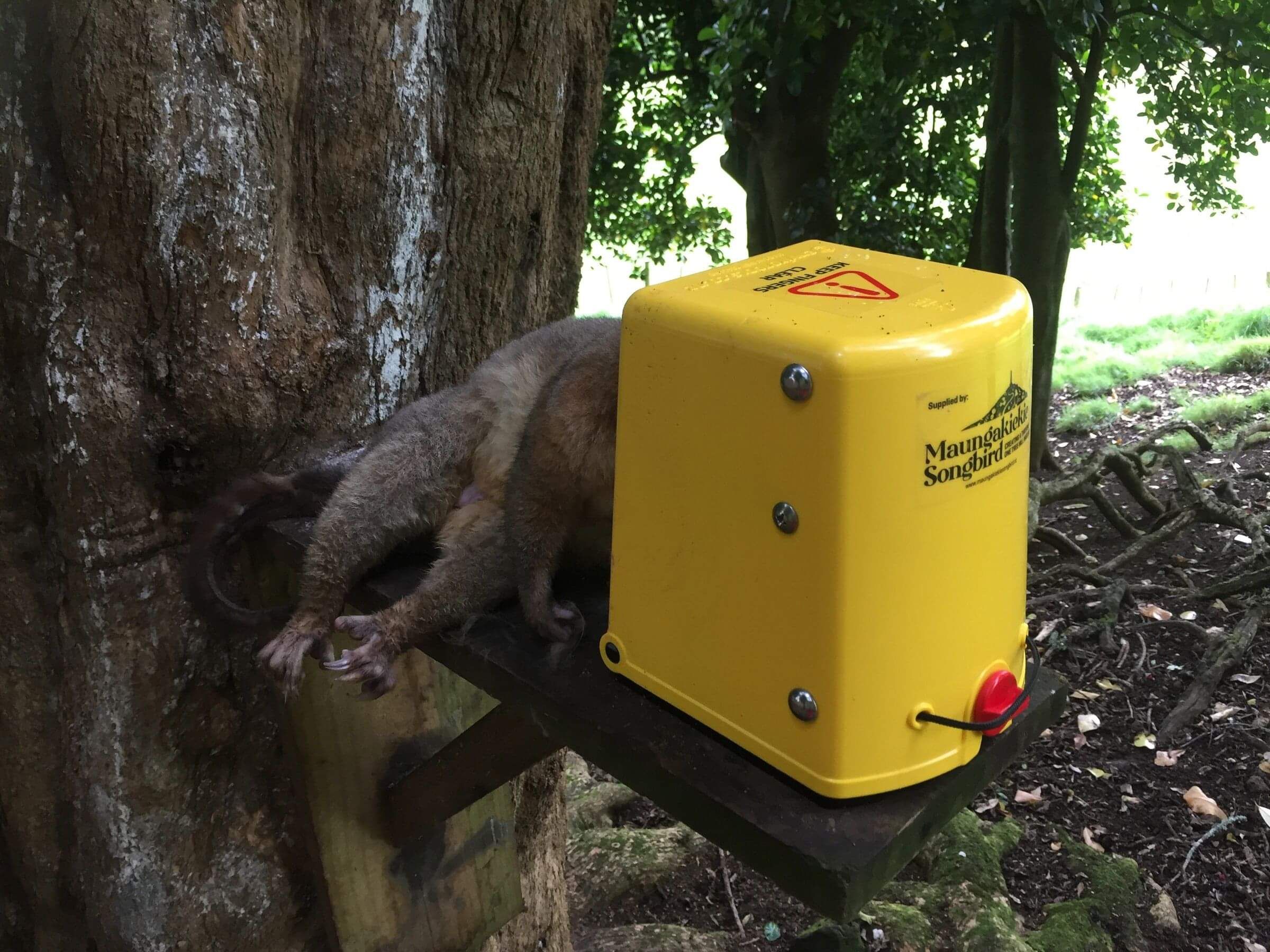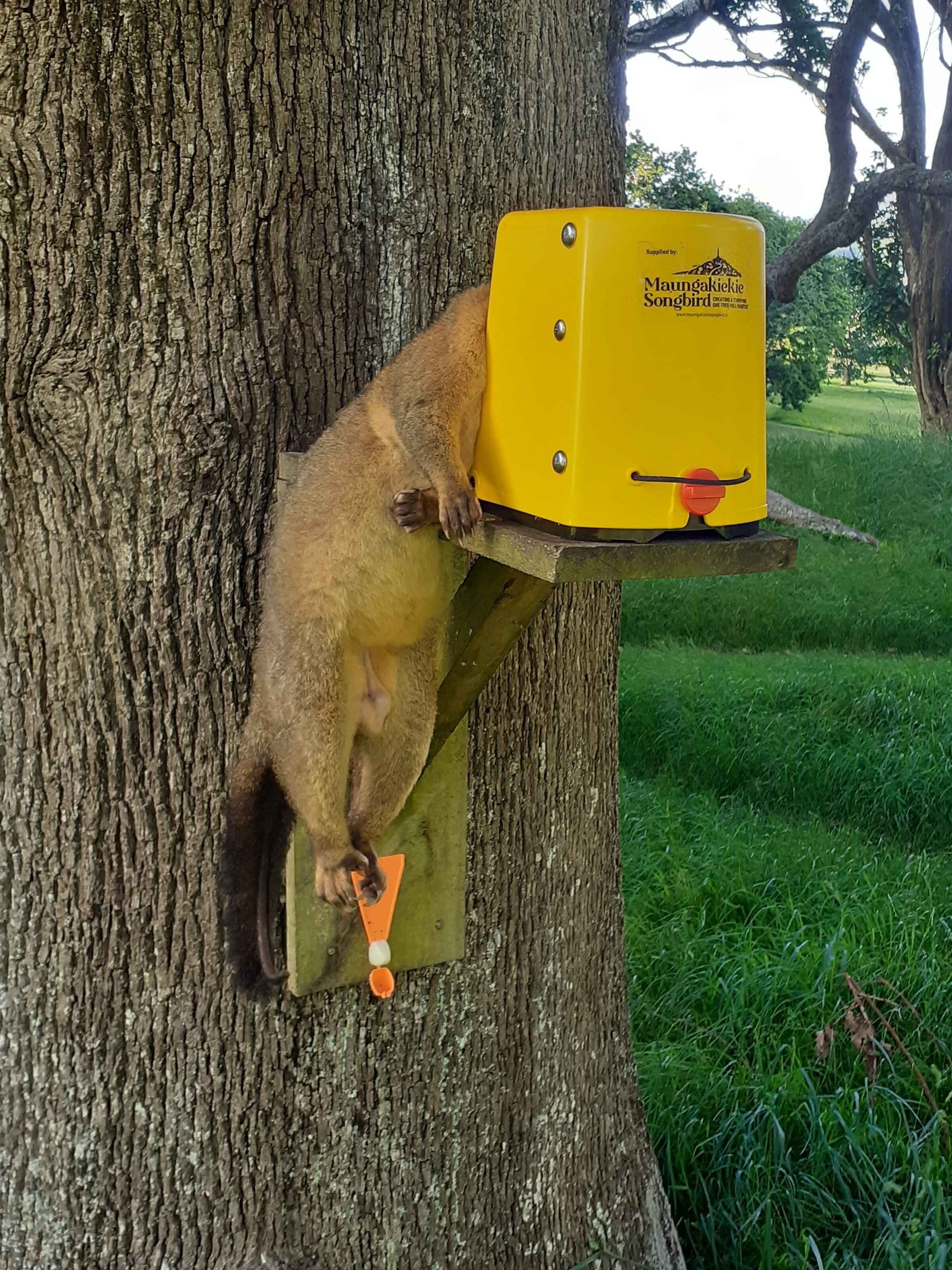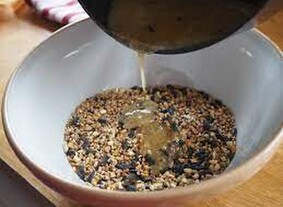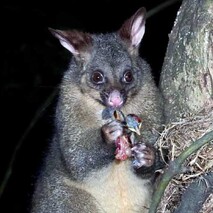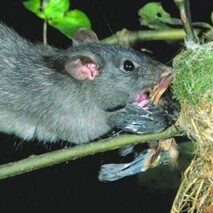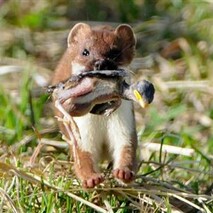Troubleshooting tips for Supervisor Max rodent traps
Trapping tip - catching rats
The following information is extracted from an article written by RUBY FENWICK for Predator Free NZ Trust
Here are some tips to make your trap more effective.
Rats thrive around humans
Humans provide lots of food sources for rats including compost bins, fruit and nut trees, pet food bowls, chicken coops and vegetable gardens. If your trap isn’t catching anything it might be because the rats in your backyard are spoilt for choice. This means it might be time to disrupt their food sources: store your food waste in a separate bin away from your existing compost bin for a few weeks, clean up pet food bowls at night and pick up fallen fruit and nuts from off the ground. This will force the rats to search for new foods like the lure in your trap.
Rats are naturally cautious
Rats are neophobic, meaning they are afraid of anything new and unfamiliar in their environment and this includes traps. If it’s been a few weeks and you’re aren’t having any luck with your trap, you might need to give it more time. Rats may avoid traps for some time until they feel familiar enough with them. Some people suggest pre-feeding your trap with your lure of choice so rats get a taste for it (more on this below).
Rats are food-driven
Rats are strongly driven by food and the smell of something they like to eat can make them less afraid of new things in their environment. Using an enticing lure is key to an effective rat trap but you might need to experiment. Like people, rats have individual food preferences so you might have to try a few to find the lure that works best.
We recommend using food lures like peanut butter, you should check your trap every 3-5 days, and refresh your lure every two weeks.
Location, location, location
Position your trap so rats are likely to encounter it as they hunt or travel. Rats like to follow ‘runways’ near the cover of plants or buildings like along fence lines, hedges or walls.
The more, the merrier
If you started off with your trapping going well, but now you’re catching nothing, it might be time to get your neighbours on board. The rats may have caught on to the fact that your backyard is unsafe and have moved next door or down the block.
Get your neighbours involved so that the entire neighborhood is protected from rats.
It might also be time to get another rat trap. Having more than one rat trap can help you cover multiple spots around your backyard.
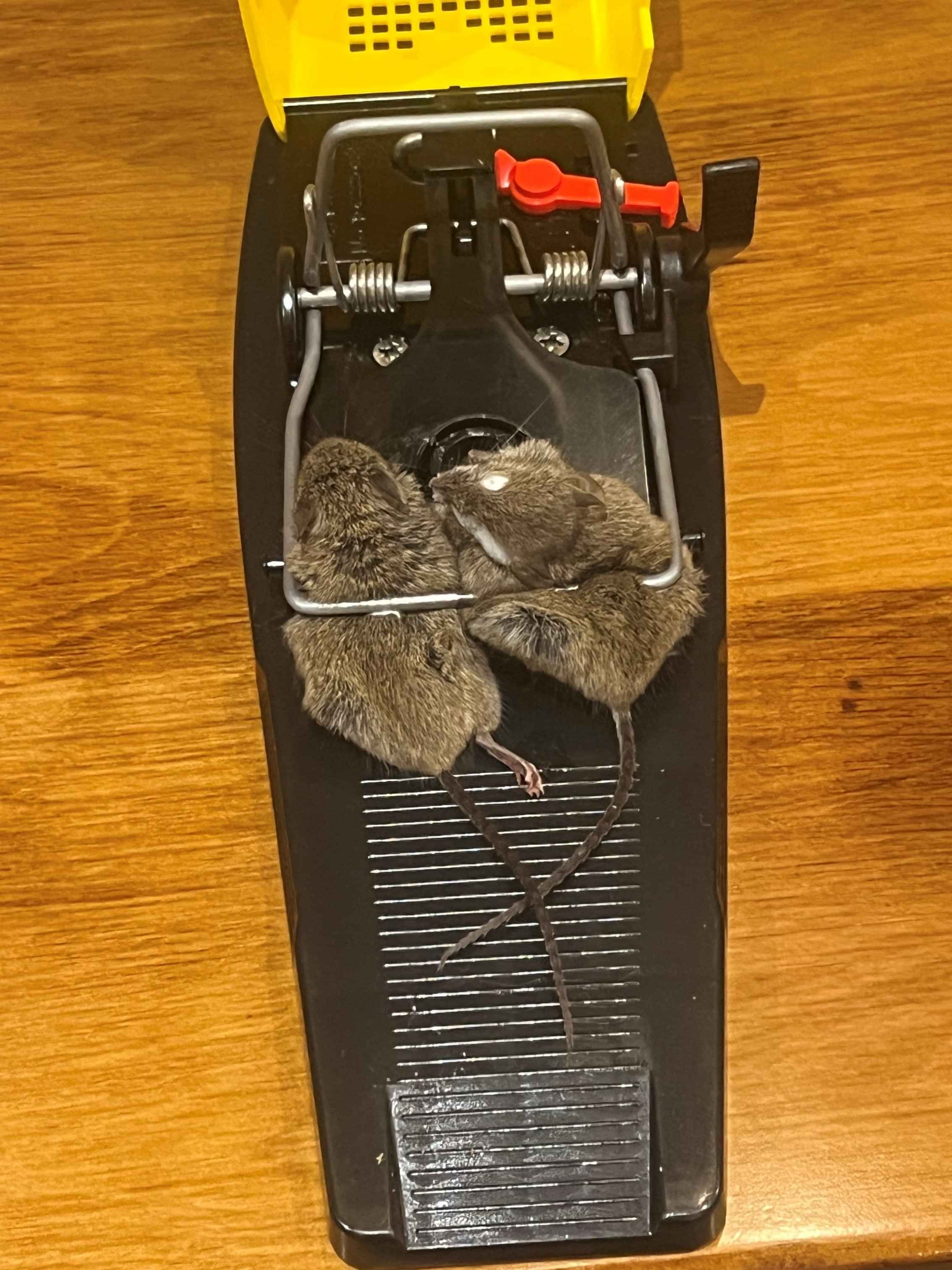
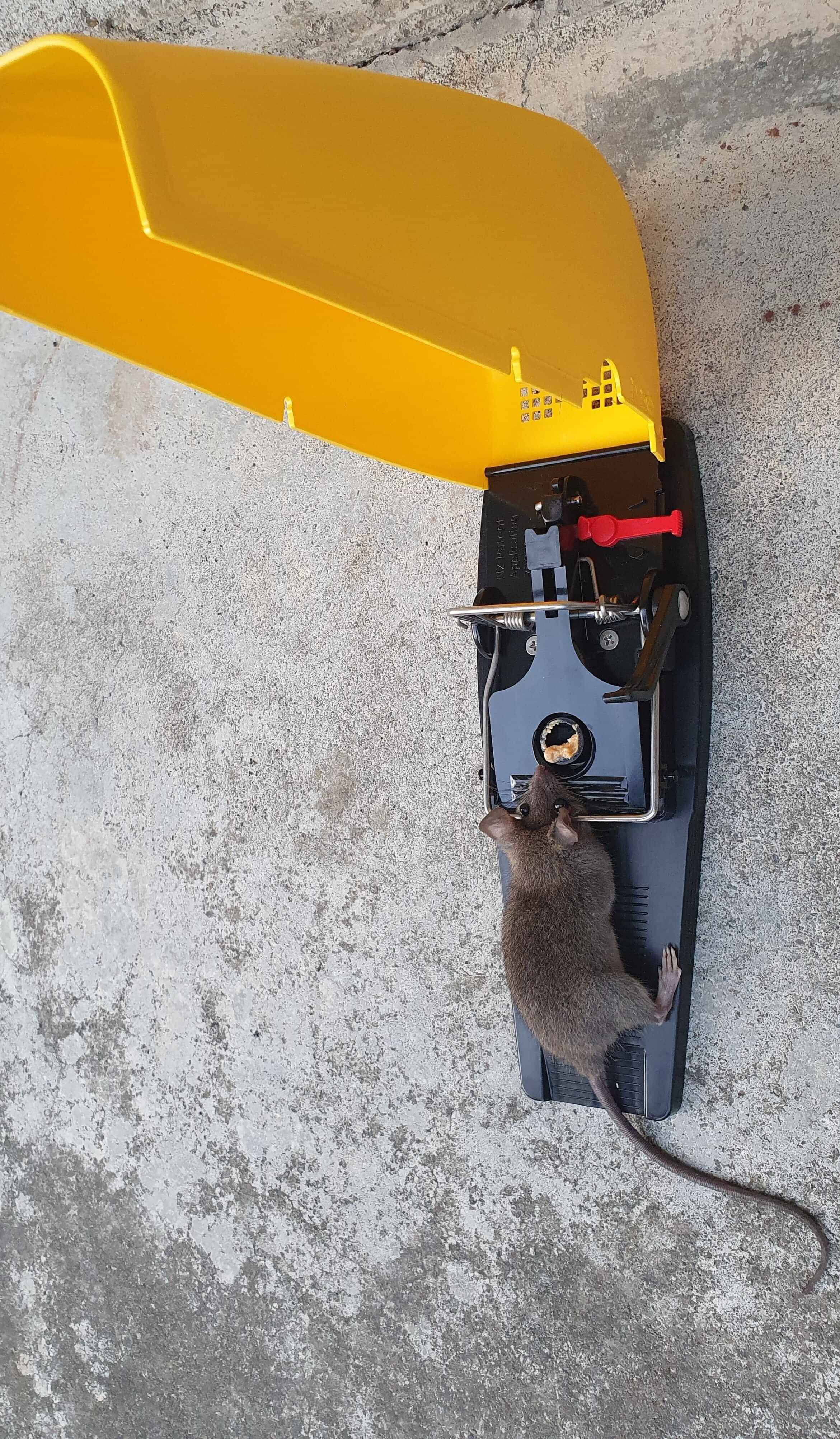

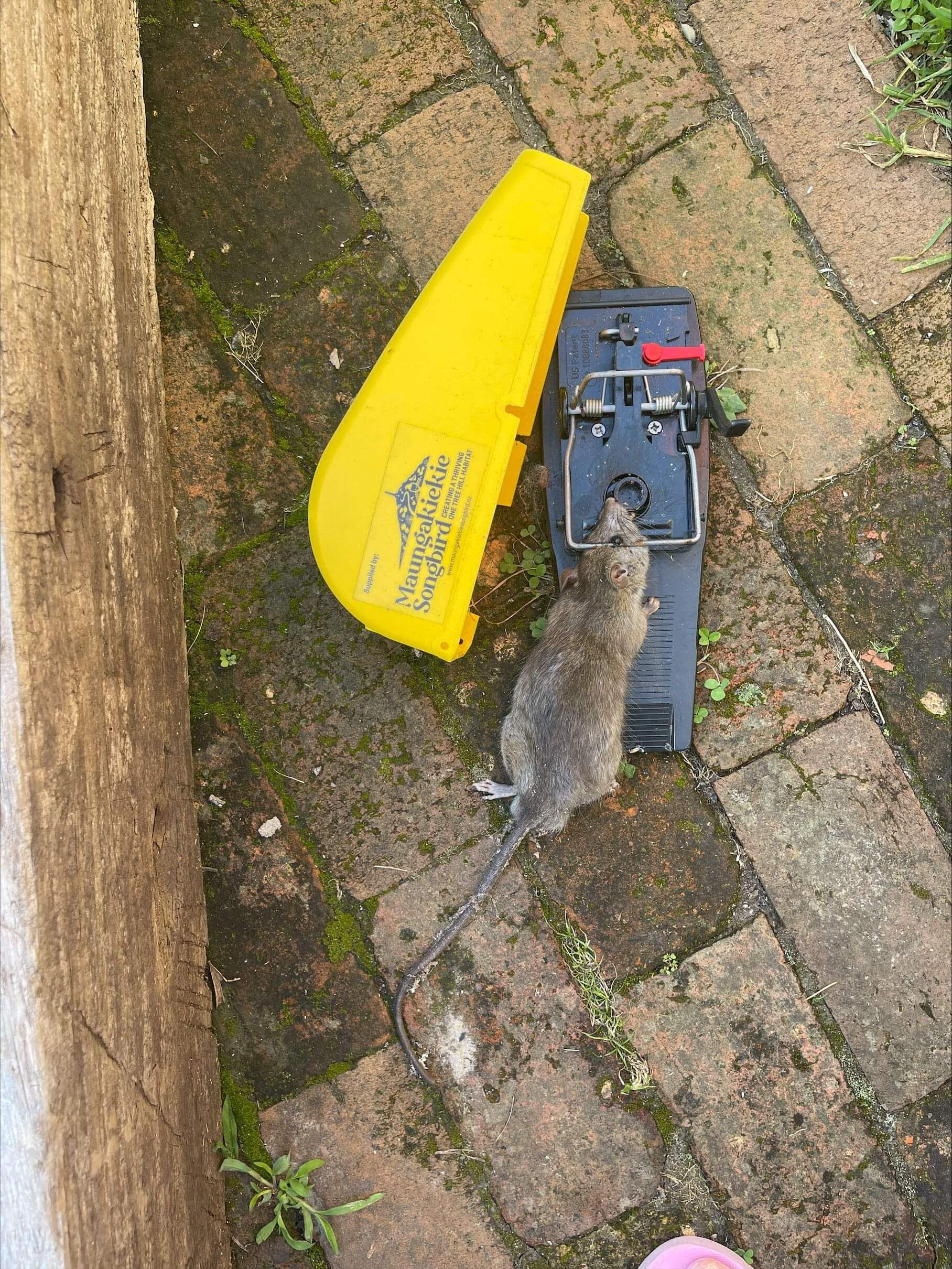


Home made bird cakes
This recipe on home made bird cakes for your bird feeder is from John.
"Our avian visitors have been super hungry so I have been making my own food cakes;
- I cup of dripping
- 2 cups of wild bird seed
- A handful of currants.
Melt the dripping and mix in the seeds and currants. Let set. Cut into quarters.
The birds love it and from a pack of dripping and a bag of seed you can make 3 lots of 4 blocks at a cost of about $7"
There's also a lot of recipes via google, here's one example
https://www.themakeyourownzone...
John showing a sample of his home made bird cake

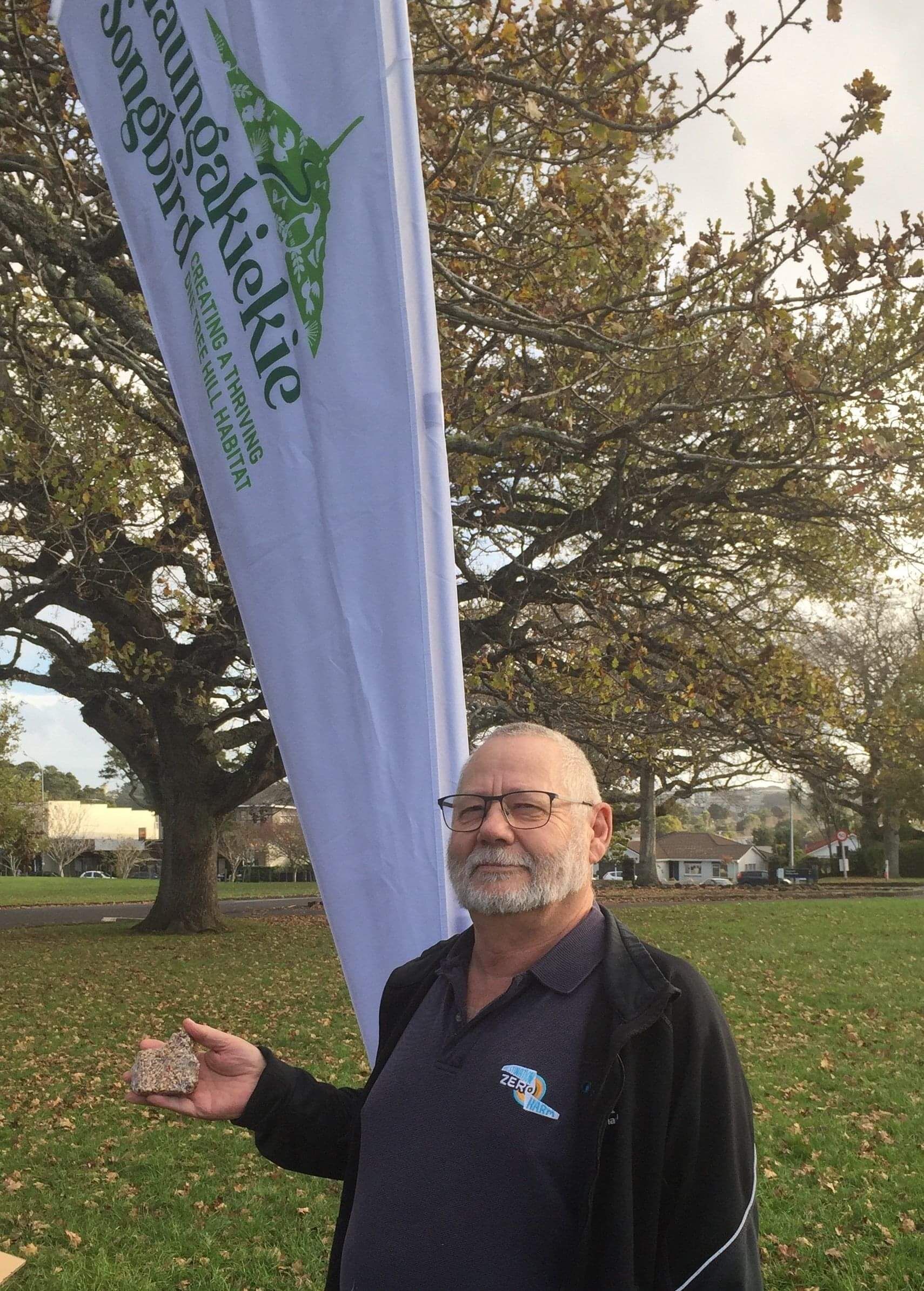
FEED MIX TIP
Bird Feeder - getting the nectar feeder mix right
Spring/Summer/Autumn - 1/3 cup of sugar to 1litre water. Take 1/3 cup of sugar and add to pot filled with 1 litre warm/hot tap water, mix until completely dissolved. Allow to cool before pouring into bottle and offering out to birds.
Winter - 1/2 cup sugar to 1 litre water. The extra sugar helps during the cold months.
A pinch of salt...yes you can add just a pinch of salt to the mixture to add some flavour.
TRAPPING TIP
Catching Possums
Two quick tips to help with making a possum catch;
1. Fresh bait - apple chunks should be changed every 4-5 days
2. 'Blaze' the tree trunk - 5 parts plain flour to 1 part icing sugar, make a generous cup, spread 10cm wide by 50cm in length on lower tree trunk. This is standard practice by commercial trappers. Possums are curious and will come at night to investigate the blaze, take one look at your trap baited with fresh apple and .... you have your photo for the regular catch competitions.
FREQUENTLY ASKED QUESTIONS
Will it cost us anything to join ?
No. Maungakiekie Songbird is providing the listed resources free of charge. This is thanks to the support of our sponsors (Auckland Council, the local boards of both Albert-Eden and Maungakiekie-Tamaki, DoC and The Tupuna Maunga Authority). We don't however have endless funds and therefore place a 'fair use' on households and businesses as to the number of resources we can supply eg 1 bird feeder per property. We also supply a 'starter lure pack' with the traps - you will need to purchase your own lures (eg peanut butter or apples) after this pack runs out.
At this stage our resources are available only to residents, businesses and organisations within the defined halo area.
Why predator trapping ?
Predators, namely rats, mice, possums and stoats, cause huge damage to native birds, insects and plants. New Zealand has a goal to be predator free by 2050.
There are three kinds of rats in New Zealand, the Kiore (Rattus exulans) which is the smallest, the Norway rat (Rattus norvegicus, also called the brown rat) which is the biggest and the ship rat (Rattus rattus — also called the common rat or black rat) which is the most common. Rats are prolific breeders, reach sexual maturity in 2 to 5 months, can have 3 to 6 litters per year with litters usually containing 7 to 8 young. While Norway rats are found nation-wide, growing upto 500g in size, they are most common near bodies of water. The ship rat is smaller growing upto 150g, has bigger ears that can cover down to its eyes and a tail that’s longer than its body. The ship rat is the biggest threat to wildlife because it’s a good climber and can reach nests in trees. It is thought predation by ship rats has been instrumental in the extinction of many of New Zealand’s native birds.
Brushtail possums are marsupials from Australia. In 1837 some of New Zealand’s early European settlers brought Australian possums to New Zealand hoping to start a fur industry. Trapping, poisoning and shooting has now reduced the possum population from a high of 50-70 million in the 1980's but there are still about 30 million possums in New Zealand today. Possums are a serious pest animal in New Zealand and a threat to our forests and native wildlife. They eat leaves, flowers, leaf buds, fruit, eggs, birds, insects and snails.
Suppressing predator numbers is a team effort and we need the community to work with us to achieve our goal of enhancing the habitat around Maungakiekie. We provide the latest traps and support to the community for their trapping efforts. While we would love our efforts to make the area 'Predator free' we also have to be realistic that constant re-invasion will occur from surrounding neighborhoods - something that in time we hope to be able to link up with other community groups to expand the halo area to one day seeing all of Auckland Pest Free.
How often should I check traps ?
We recommend traps be checked at least weekly, ideally every 3-5 days. After all a trap that has a catch is ineffective until it is cleared and reset. Natural lures, such as peanut butter, can be eaten by insects so requires a regular top-up.
Are the traps safe for children and pets ?
Both traps have been especially selected for their safety features. The Supervisor Max multi-rodent trap has a strike bar that is enclosed by a long cover - something that appeals for rodents but is off-putting to pets and whereby the length of the cover doesn't allow them to paw or lick the strike bar. The Flipping Timmy possum trap is installed into a tree trunk at a height well above that of a small childs hand reach. Using fruit as a lure this is highly attractive for possums but undesirable for pets.
Are other species affected (hedgehogs, mustelids...) ?
Our trapping efforts are focusing on mice, rats, and possums as these are said to have the greatest impact on native biodiversity and it also ensures we are aligning with both Auckland Councils and the Governments Predator Free 2050 initiatives. It is highly likely that we will introduce traps for mustelids (primarily stoats but also weasels) in the near future.
How humane are the traps ?
When choosing our traps for predator suppression, we have prioritised native wildlife and pets over introduced predators. Our aim is to do this significantly reduce pest numbers thereby allowing our native biodiversity to thrive.
The traps we are using meet the NAWAC (National Animal Welfare Advisory Committee) standards. We recommend (and supplied as a starter pack with the traps) natural lures, such as peanut butter and apples, to attract the predators. Our project does not use or supply any toxins.
Are bird feeders safe if we have a cat ?
Yes. This question was asked of PekaPeka to which Tahu responded "PekaPeka Birdfeeders are designed to feed birds safely anywhere by giving them 360 degrees of visibility while they feed so they are safe from ambush predators like cats." The feeders are placed high up on the waratah, which sees the feeding platform around 1.5m above ground.
How do more native trees support the Maungakiekie habitat ?
The parks of Maungakiekie have some well established trees providing great habitat. The same applies for many properties surrounding the park. However, if we want to see an increase in wild bird numbers along with other native species we also need to plant tree species which our native fauna rely on. A great way to start is to plant natives in your garden that will attract native birds, bats, lizards, and insects by providing habitat, food and shelter – and thanks to Jo and her team from Cornwall Park nursery, we have a great range of native plants hand selected for this purpose.
Where can I get replacement bird food ?
The nectar feeder is a sugar water mix. Standard household sugar, brown or white, can be used. A 500g bag costs approx $1.70 at a supermarket.
The hanging cages were supplied with either 'energy cakes' or 'truffle balls'. We recommend making your own cakes using wild bird seed, but if this isn't for you then you can buy the 'Topflite' brand of energy cakes from Mitre10 in Onehunga. Prices are approx $9.98 for the 300g pack (6 pack for $34.99).
How well do you know your birds
Why we need to trap predators ?
Are predators around ?
Yes, we know this from trapping results within the Parks as well as feedback from surrounding residents:
In November 2020 some 20 possums were caught within and around the Parks. This number reduced a little in December 2020 with 14 reported catches. Fast forward to spring lockdown of 2021 and between mid August to late October we have seen 23 possums and 47 rats reported catches. The positive is all possums are of small size indicating they are recent arrivals and not a resident population.
